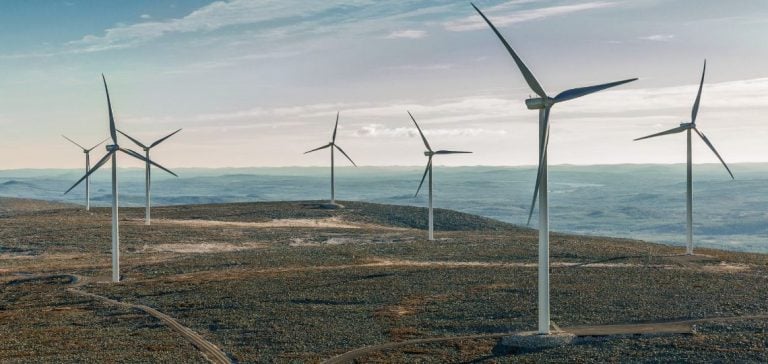OX2 has officially acquired its first onshore wind power project in Australia, an initiative that represents a significant advancement in the company’s expansion strategy on the Australian continent. This project, still in its initial phase, plans for a total installed capacity of up to 1 gigawatt (GW), making it one of the most ambitious wind projects in the region. In addition to the wind installation, the project will also include a battery energy storage system designed to optimize the management of the energy produced.
The project site is located a few hours north of Perth, in the state of Western Australia. With a planned installed capacity of approximately 1 GW, the site involves collaboration with over 20 local landowners. The original project developers will continue to work closely with OX2 to manage the approval process, ensuring a smooth transition and effective implementation of the acquired project.
Project Development and Infrastructure
The 1 GW wind project will include a battery energy storage system with an indicative capacity of 100 megawatts (MW). This system will be developed ahead of the wind farm’s commissioning, ensuring a harmonious integration of both technologies. The addition of energy storage will stabilize energy production and better respond to demand fluctuations, thereby enhancing the reliability of the local electrical grid.
Rachel Watson, Country Manager of OX2 Australia, stated: “This is a great achievement for our team in Australia. It fulfills the promise made when OX2 entered the Australian market to expand our activities in the onshore wind sector. We look forward to realizing this project, which is our first of its kind in Western Australia. Australia is on the road to decarbonization and offers great opportunities to leverage its natural resources with excellent conditions for wind and solar energy.”
OX2’s Expansion in the Australian Market
OX2 entered the Australian market in 2023 through the acquisition of solar energy developer ESCO Pacific. Since this acquisition, three solar projects have been divested, and the growing local team is preparing to manage the construction of one of these projects. OX2’s project development portfolio in Australia consists of approximately 1 GW of solar projects and 230 MW of energy storage projects in the states of Victoria, New South Wales, and Queensland.
This expansion demonstrates OX2’s commitment to strengthening its presence in the renewable energy sector in Australia by diversifying its investments between wind and solar energy. Collaboration with local developers and landowners ensures an integrated and sustainable approach, aligned with the country’s decarbonization goals.
Economic and Environmental Impact
The acquisition of this onshore wind project by OX2 will have a significant impact both economically and environmentally. Economically, the project will create new local employment opportunities and stimulate the regional economy through investment in energy infrastructure. Additionally, the integration of a battery energy storage system will enhance the resilience of the Australian electrical grid in the face of challenges posed by intermittent renewable energy sources.
Environmentally, the project will help reduce greenhouse gas emissions by providing a clean and renewable energy source. The 1 GW capacity will address a substantial portion of local energy demand while minimizing the carbon footprint. Moreover, the use of advanced energy storage technologies will optimize the utilization of available wind resources.
Future Prospects for OX2 in Australia
With this first onshore wind project, OX2 positions itself as a key player in the renewable energy sector in Australia. The company plans to continue developing similar projects in other regions of the country, capitalizing on favorable conditions for wind and solar development. OX2’s strategy also includes optimizing energy storage systems to improve the efficiency and sustainability of its installations.
The acquisition of this onshore wind project marks an important step in OX2’s commitment to a sustainable energy transition in Australia. With a focus on innovation and local collaboration, OX2 is well-positioned to play a decisive role in the development of renewable energies on the Australian continent.






















